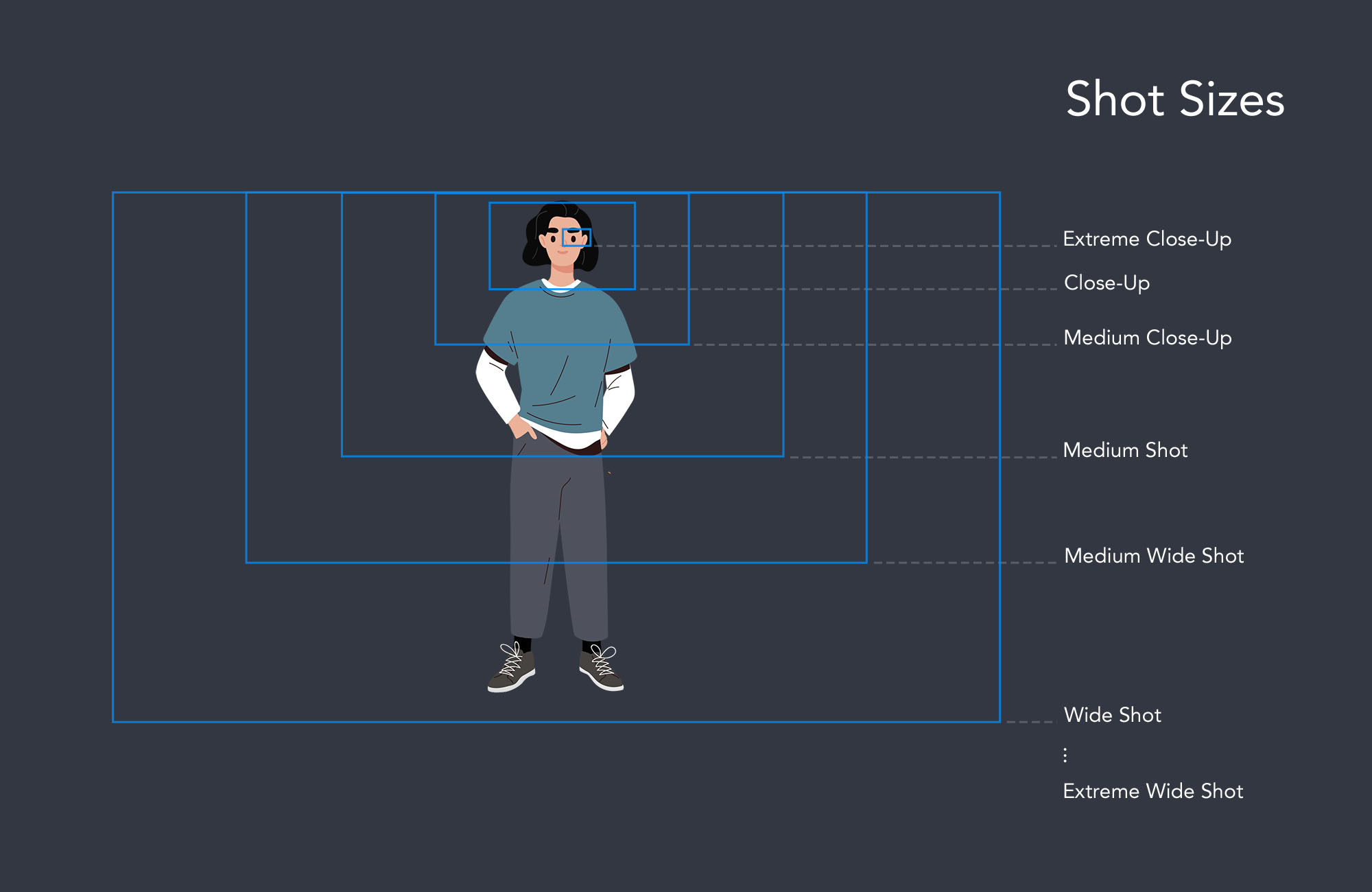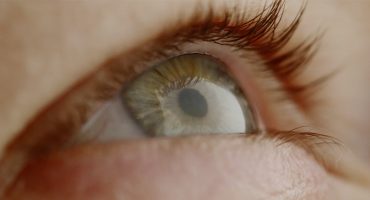A wide shot, also called a long shot, includes the major part of a scene’s setting.
If people are in the frame, a wide shot shows them as a whole, along with their surrounding area.
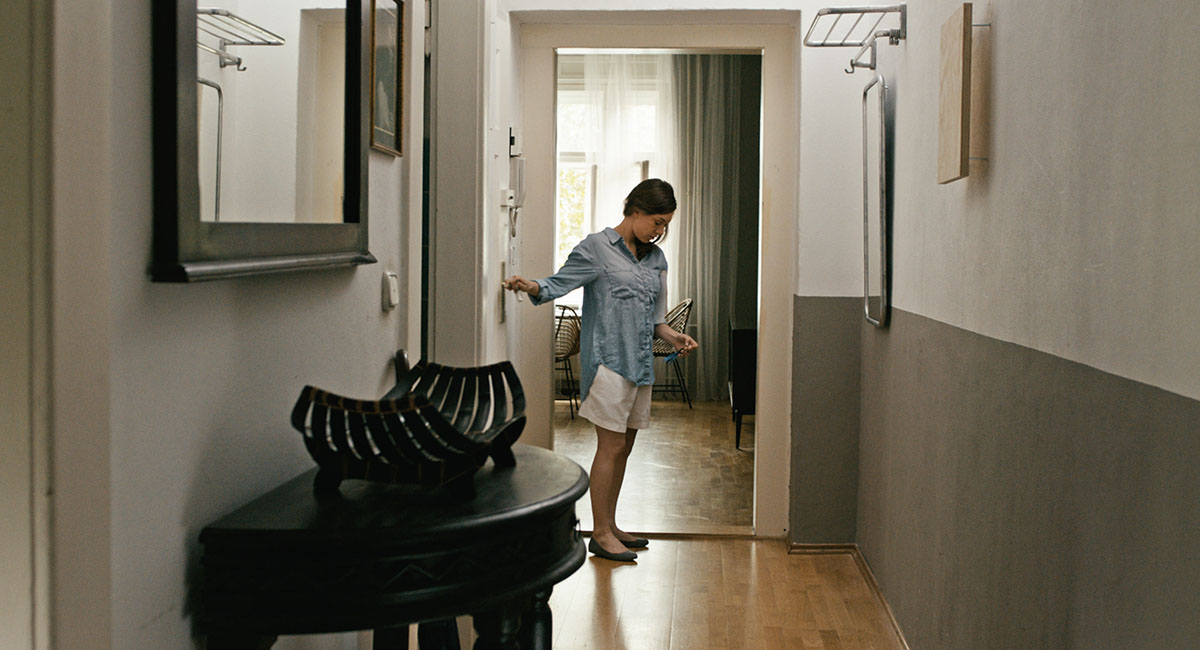
How wide shots can be used
Not as wide as an extreme wide shot, the wide shot can fulfill some of the same characteristics. Nonetheless, it focuses the audience’s view more on certain details, like the characters in the frame.
Establishing shot
Like the extreme wide shot, the wide shot can be used to establish a location and thereby show the audience where the scene takes place. That shot may be placed at the beginning of a scene but can also be placed throughout the scene. If it is used at the end of a scene, it often has a dramaturgical purpose, as described below.
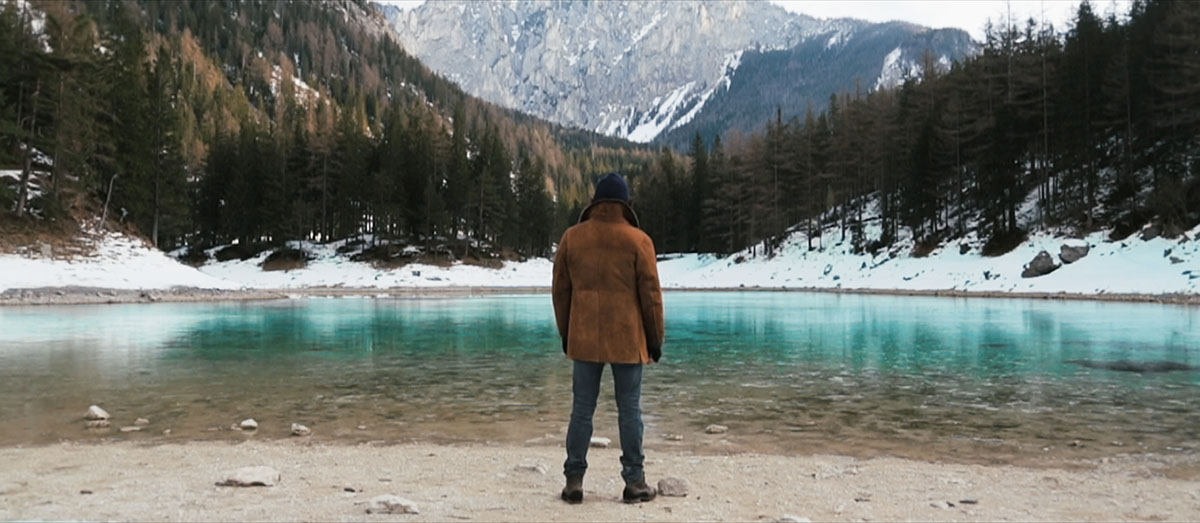
Two shot and group shot
Wide shots are suitable for showing two or more characters in the same frame, including the setting in which they are situated. Due to its width, this shot size may also convey the relationship between these characters, depending on how they are positioned in the frame.
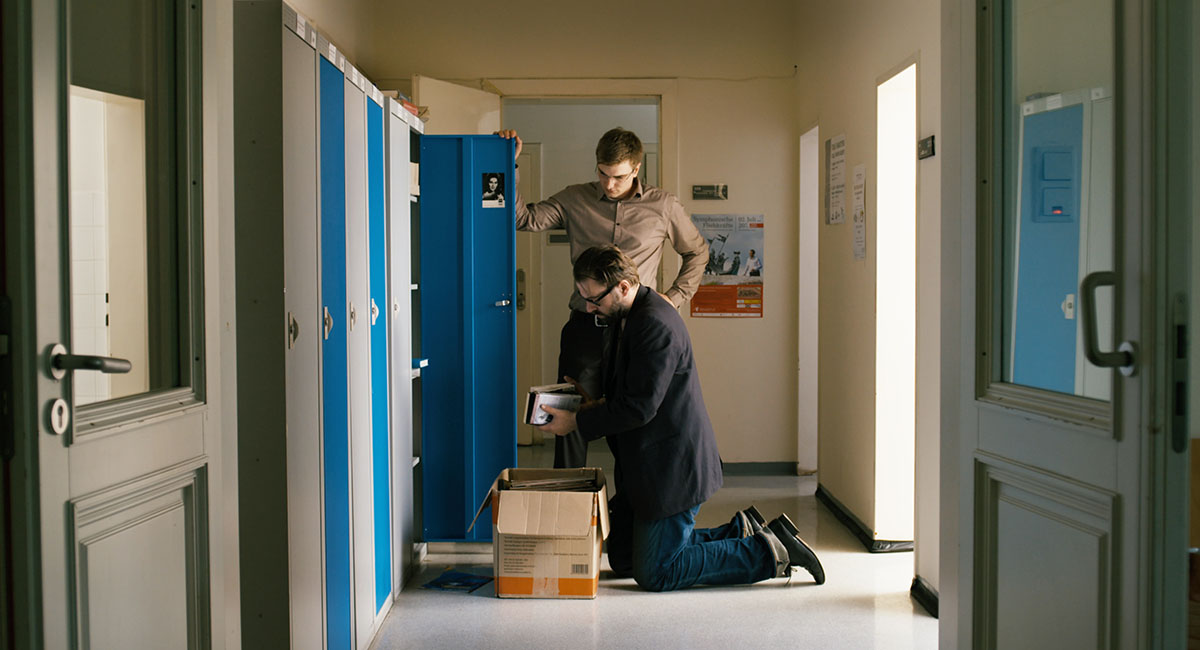
Emblematic shot
Emblematic shots are images that transmit the filmmakers’ complex, connotative intentions through the arrangement of people and visual elements in the frame. They aim to tell a story within a single image, giving the audience a deeper insight into the characters’ condition.
The wide field of view of a wide shot makes it a suitable shot size for the precept of emblematic shots.
The following example is the last shot of the film. A couple who is struggling in their relationship is cleaning up a devastated apartment, something they have postponed for months. The air is sickening, so they put on gas masks that they have just found.
They are standing in the middle of an overwhelming mess, unable to speak to each other because of the gas masks, trying to cope with the task of cleaning everything.
That image can be seen as a visual expression of their relationship.
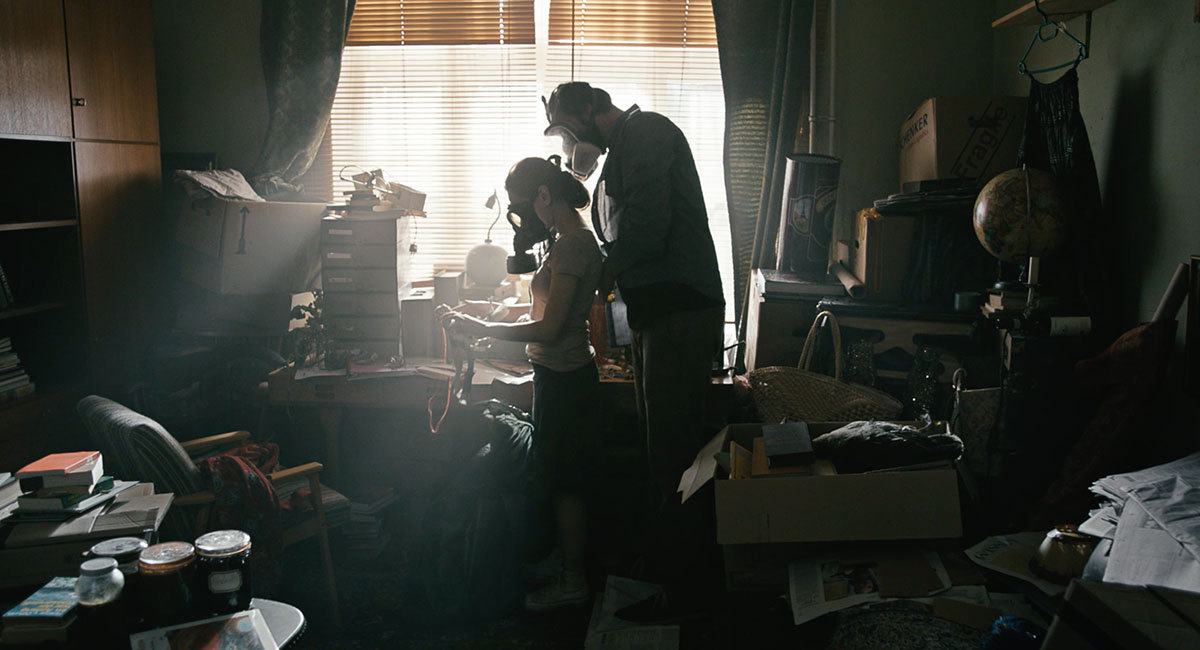
Positions of the characters in the shot
This thought is similar to the concept of the emblematic shot but pays less attention to the characters’ surroundings. It concentrates more on how the characters are positioned in the frame.
Though a wide shot is usually too wide to really grasp a person’s facial expressions, it can express the feelings and conditions of the characters through the composition: The way the characters are positioned in the frame can visually enunciate their internal state.
This example shows the two main characters toward the end of the film. After unsuccessfully trying to save a valuable jacket from the waste disposal, they resign themselves to that fact and sit in front of a building. Their positioning as two small figures in the lower corner of this wide shot emphasizes their dejection.
The fact that they are sitting so close to each other with so much space around them tells us that the preceding experience has brought them closer together. If one of them were positioned on the left side of the frame, the shot would tell a whole different story.
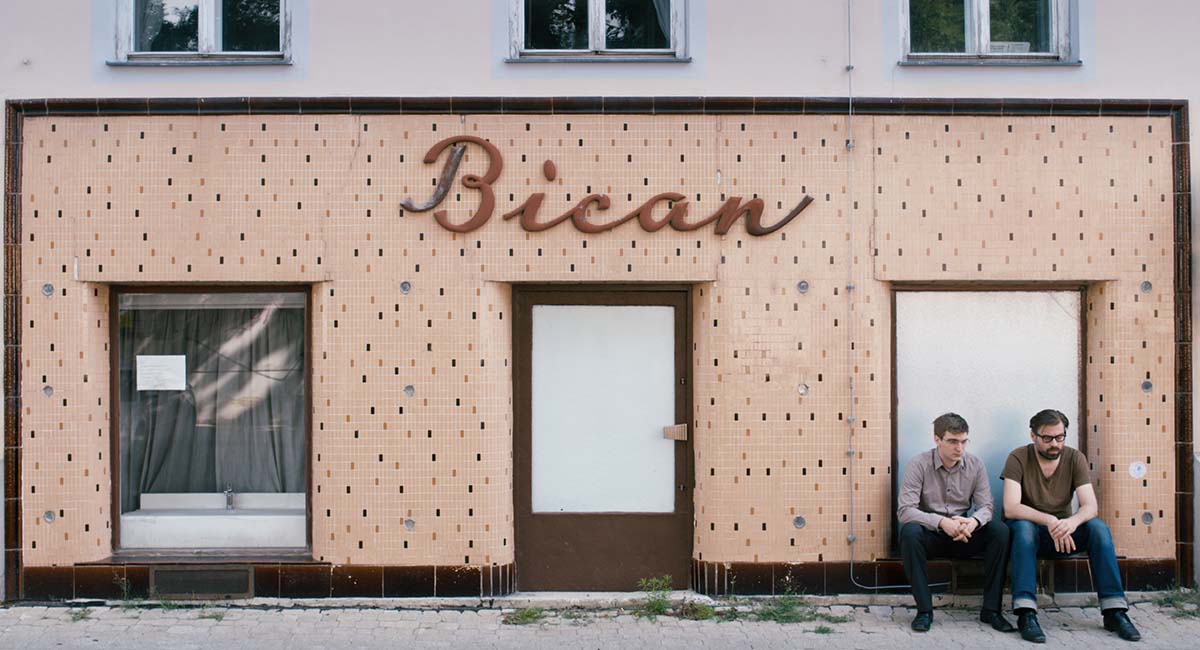
Dramaturgical use
As stated before, a wide shot can set a character in context with the surroundings and thereby contribute to the tone of a scene.
Following that thought, sometimes wide shots are placed at the end of a scene with a composition that articulates a different dramatic mood from the one at the beginning of a scene. The intention behind that is to reveal a change in the emotion or attitude of a character.
Generally, the reasoned combination of a wide shot with tighter shots in editing may bring forth its dramaturgical ability, if intended.
Learn about other shot sizes

